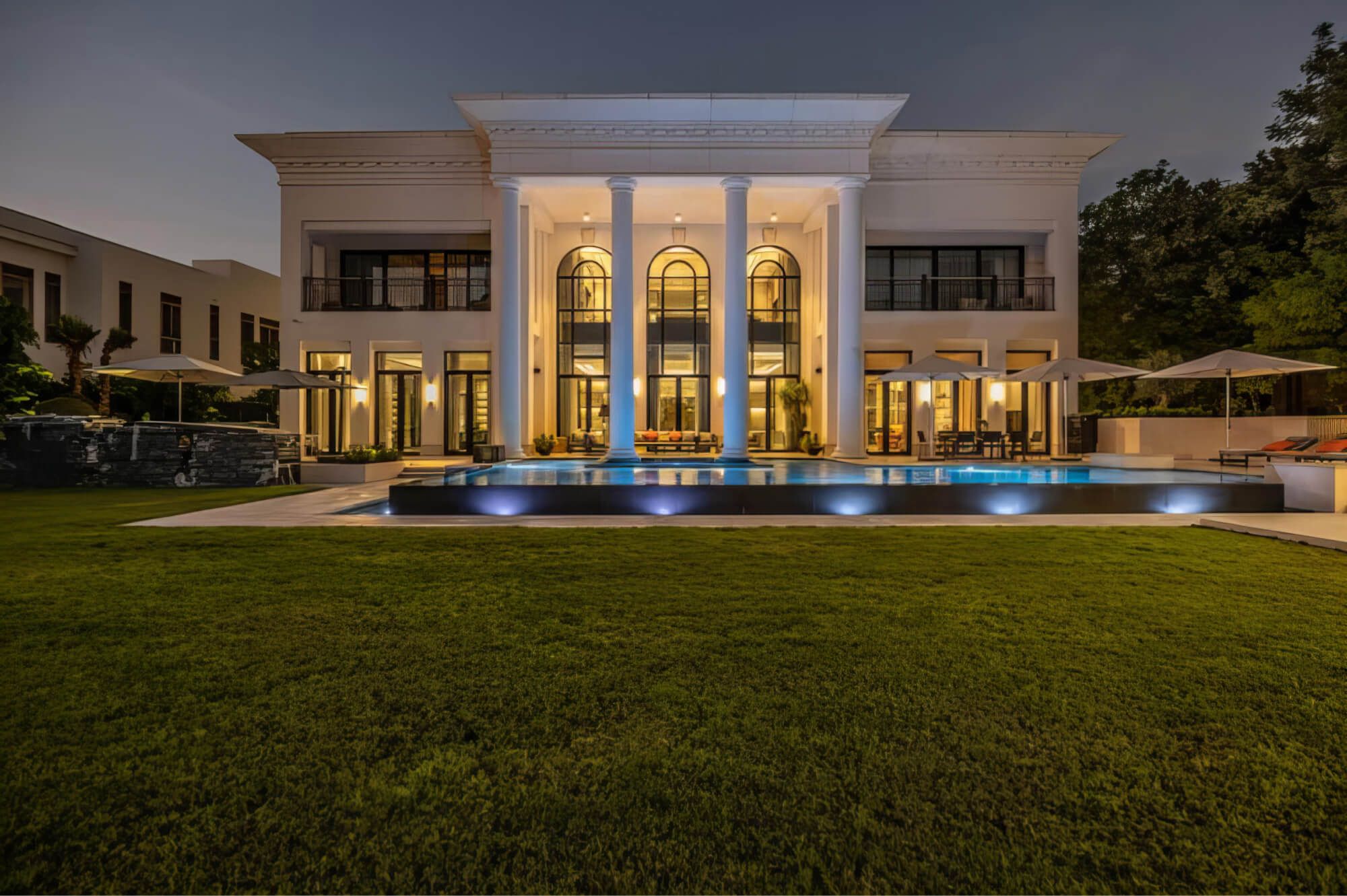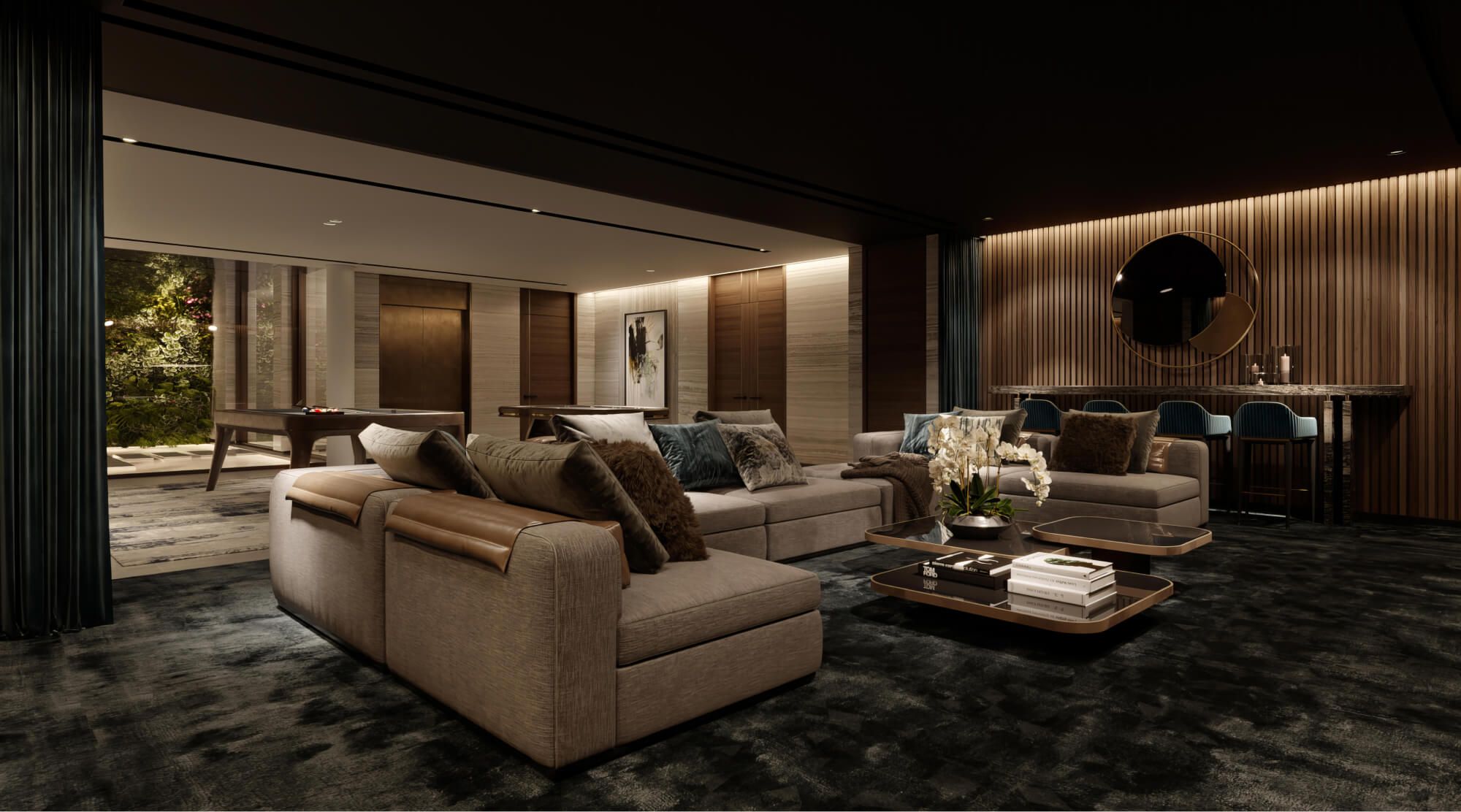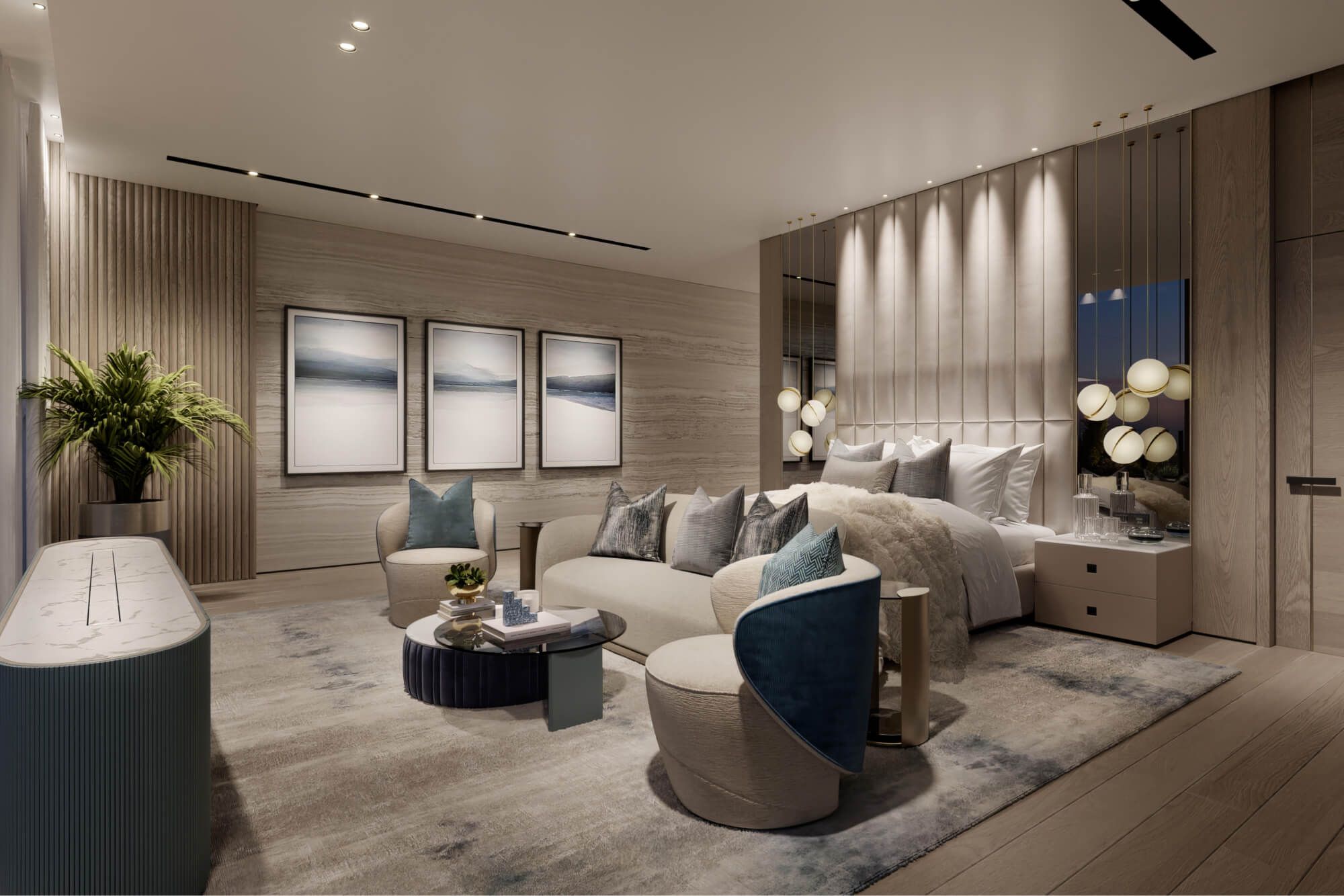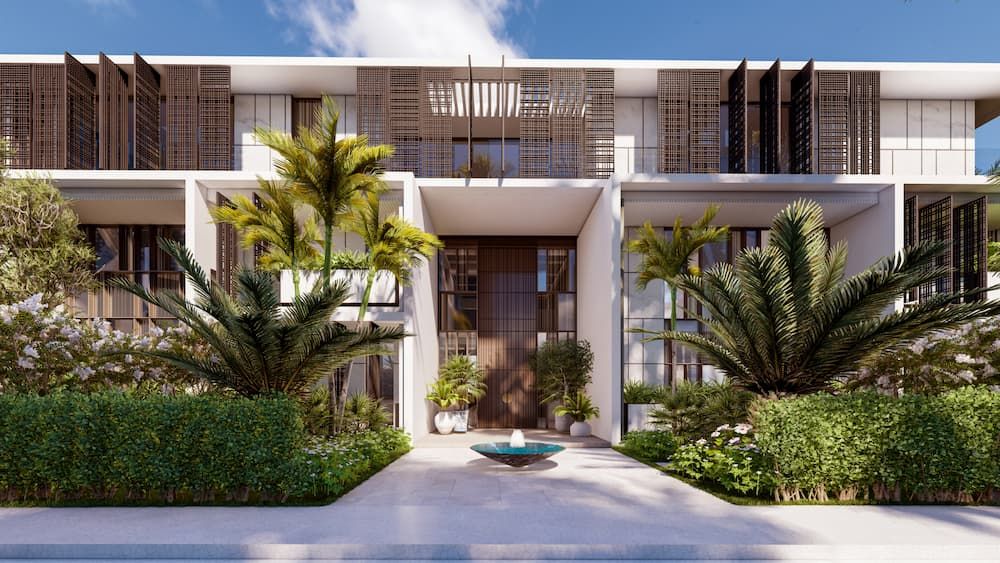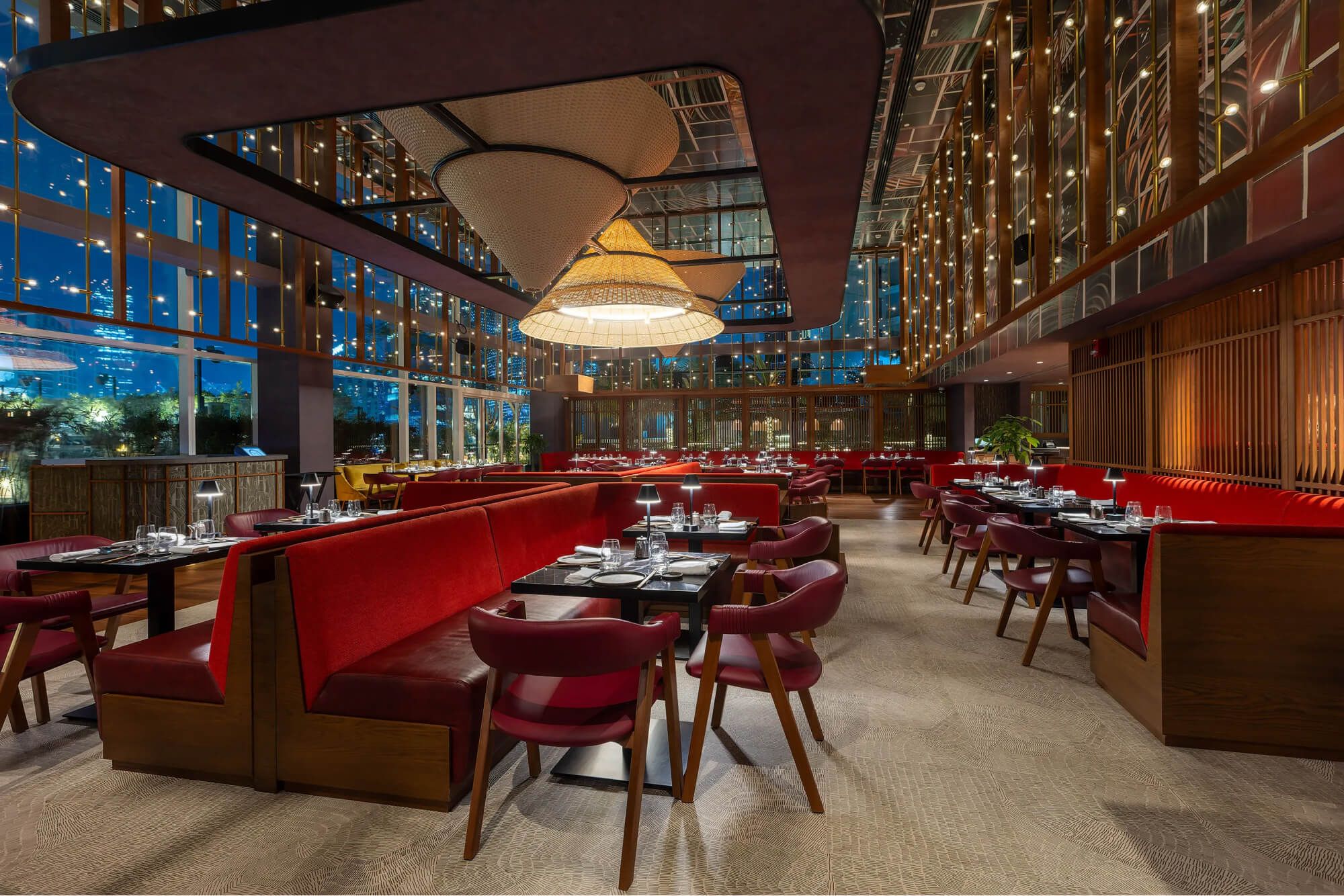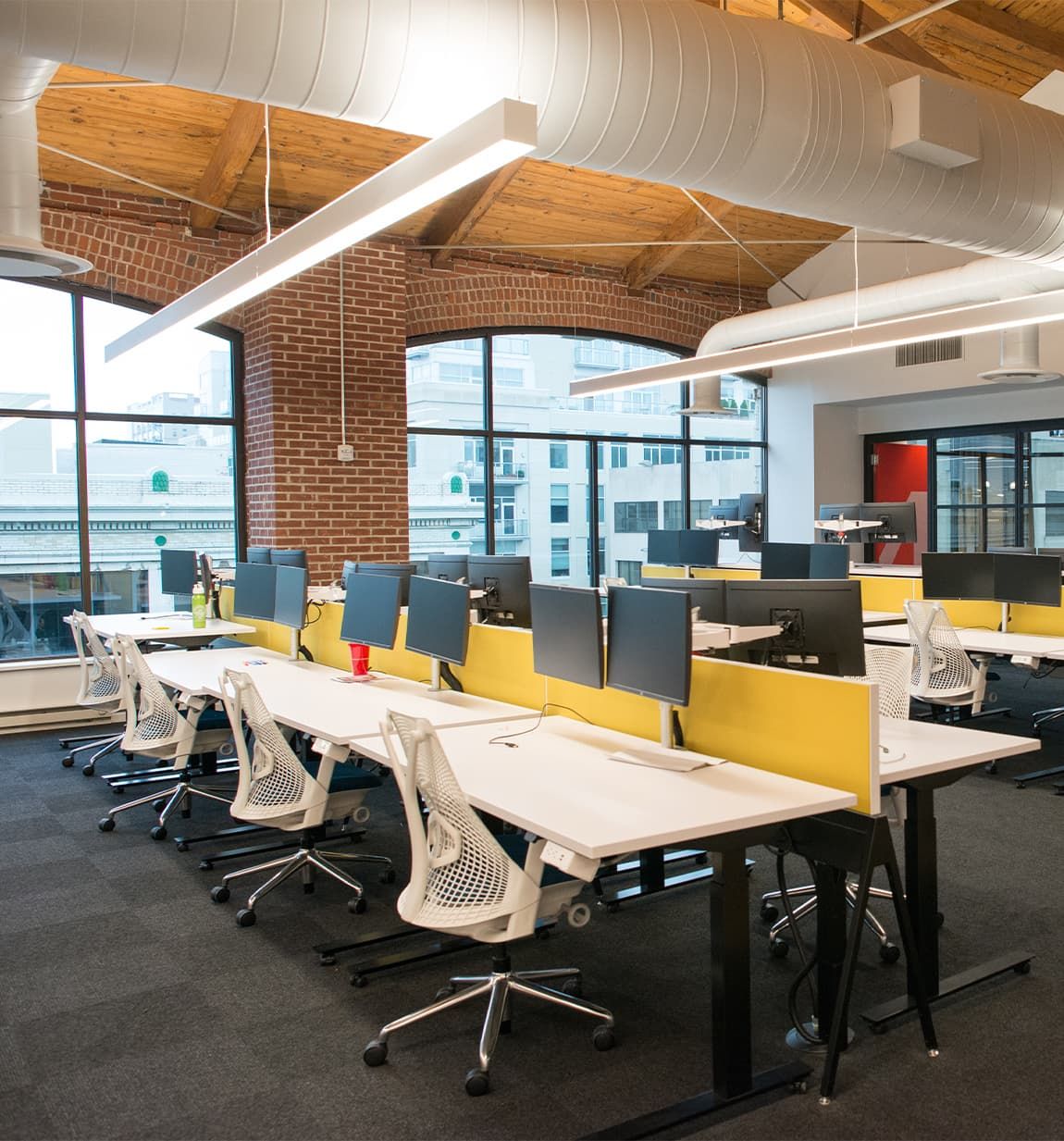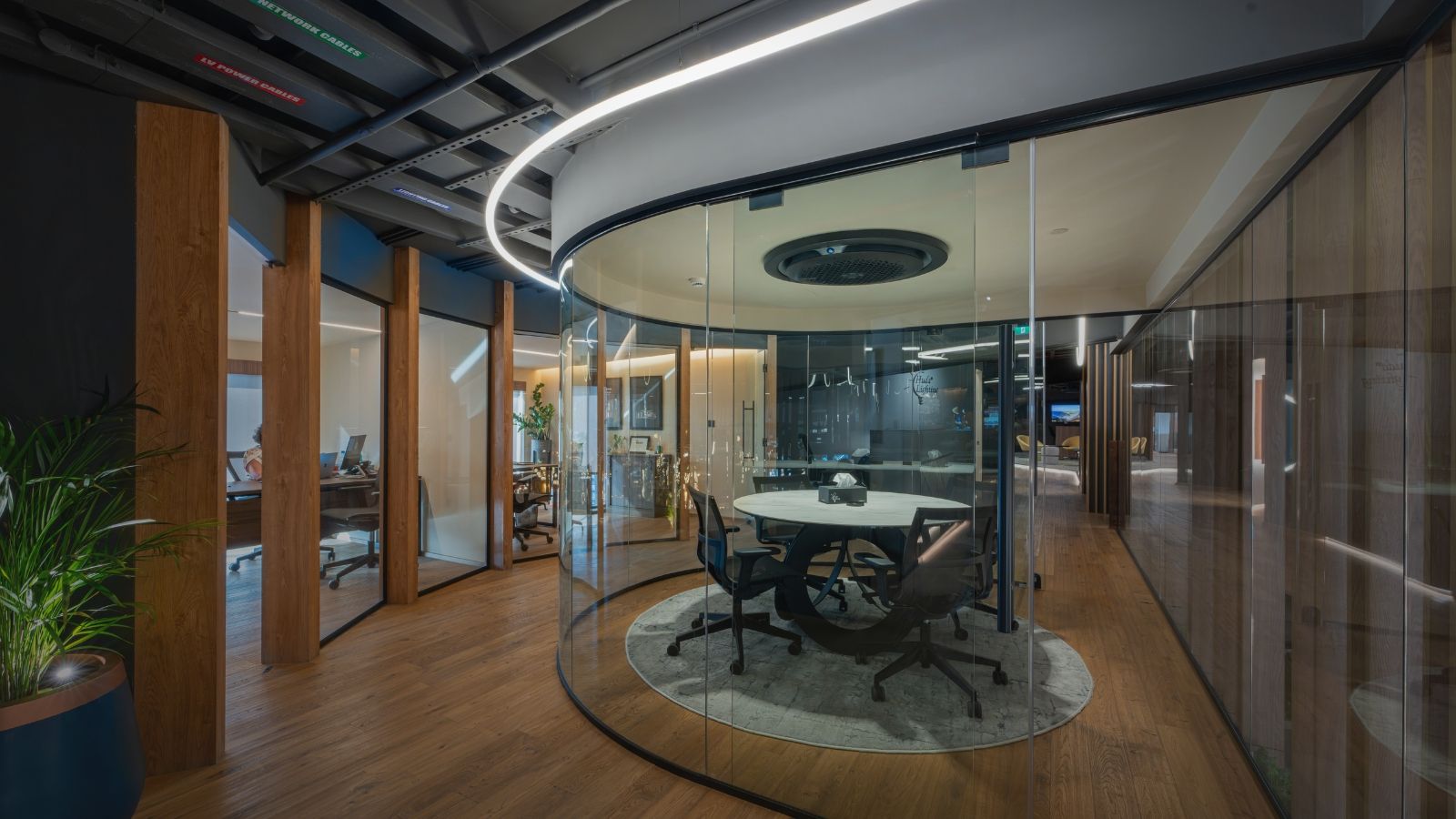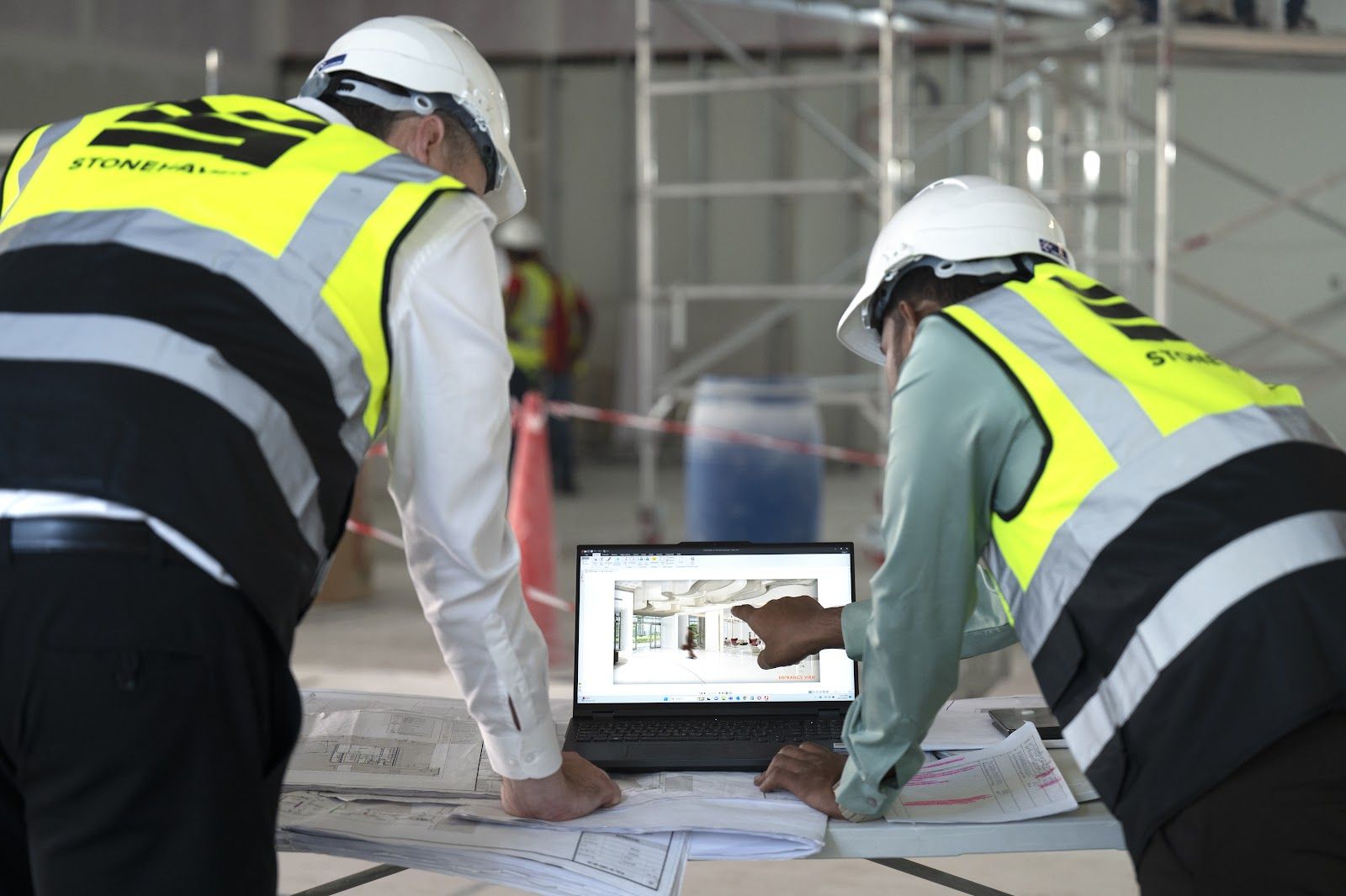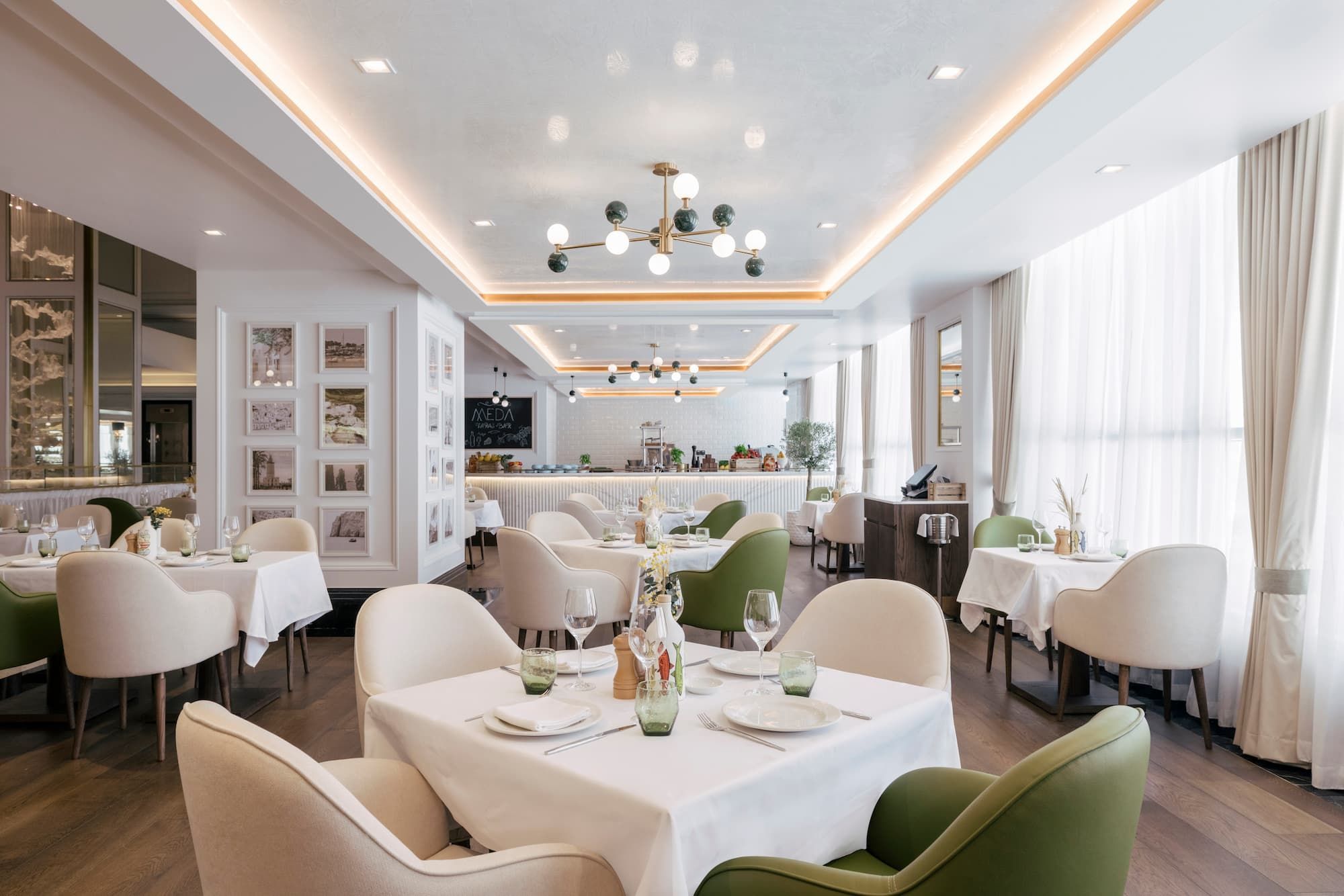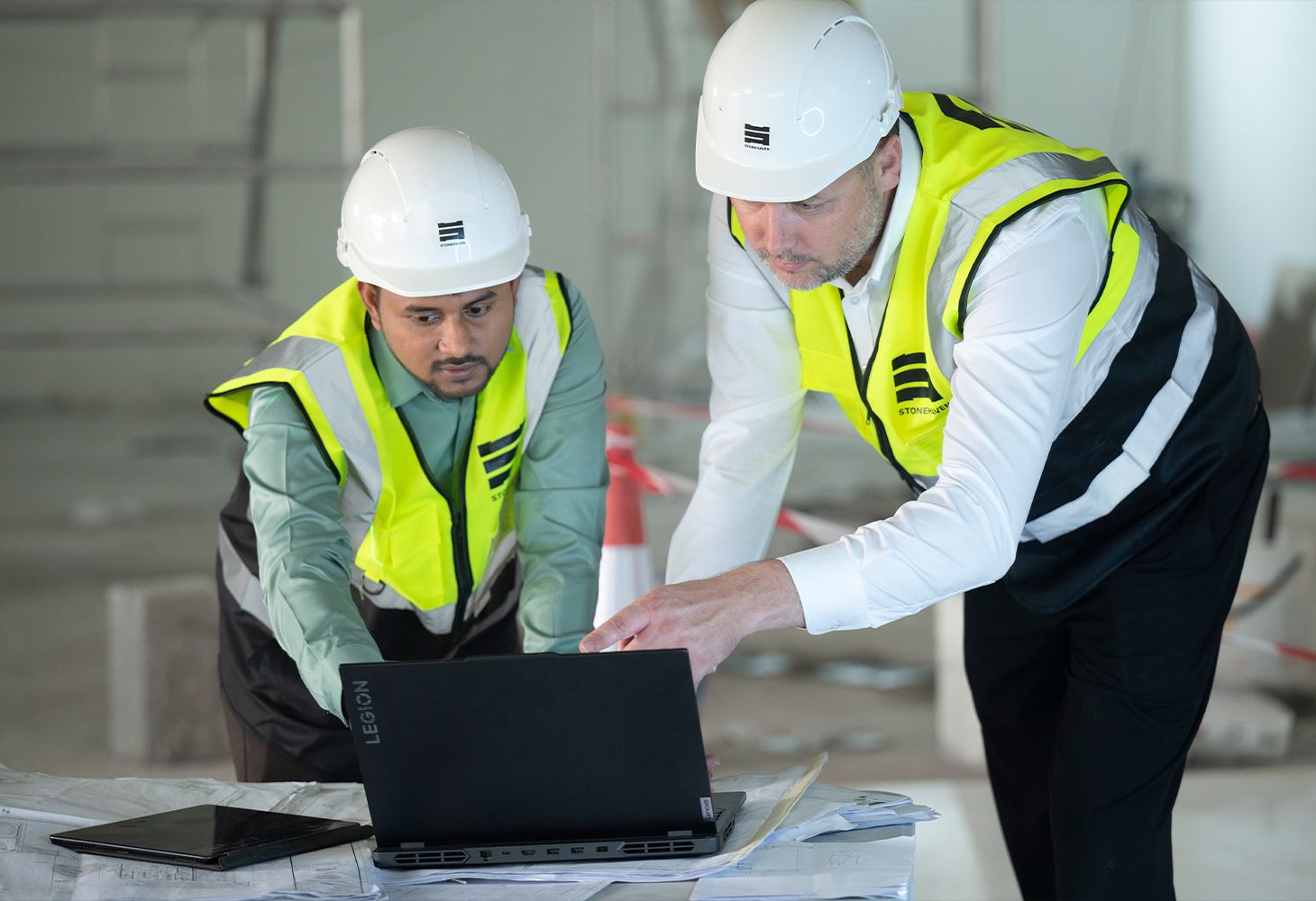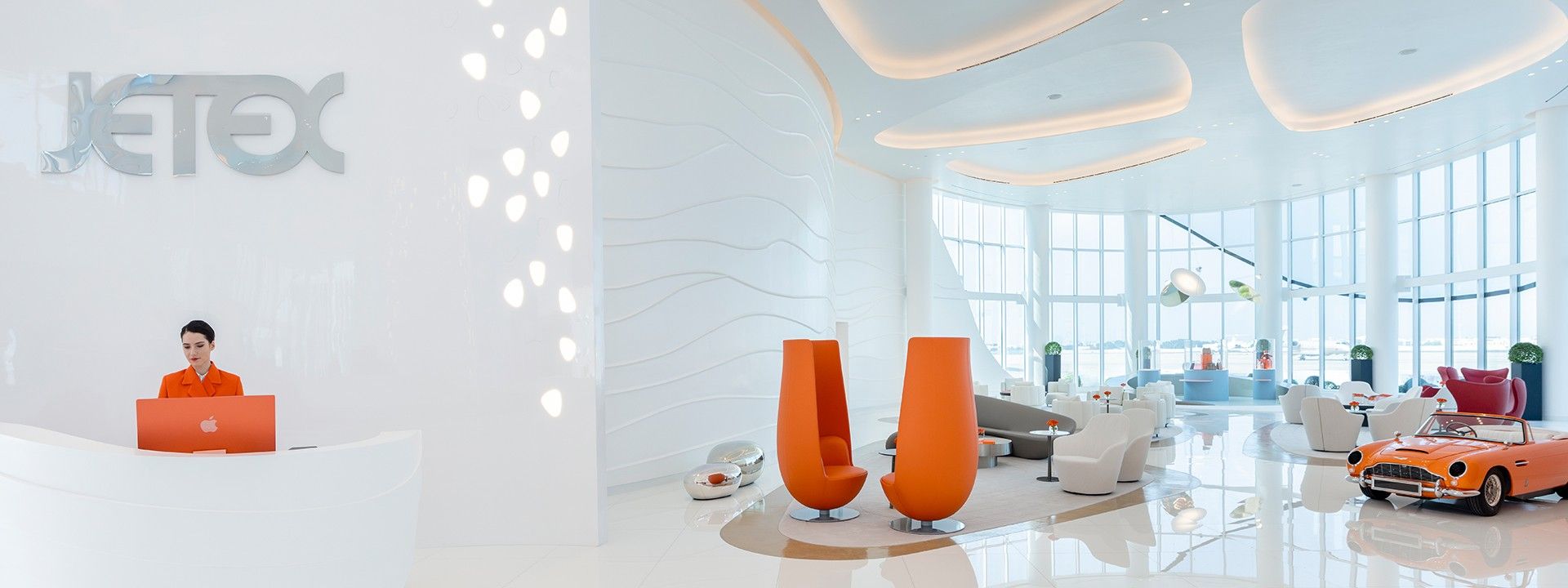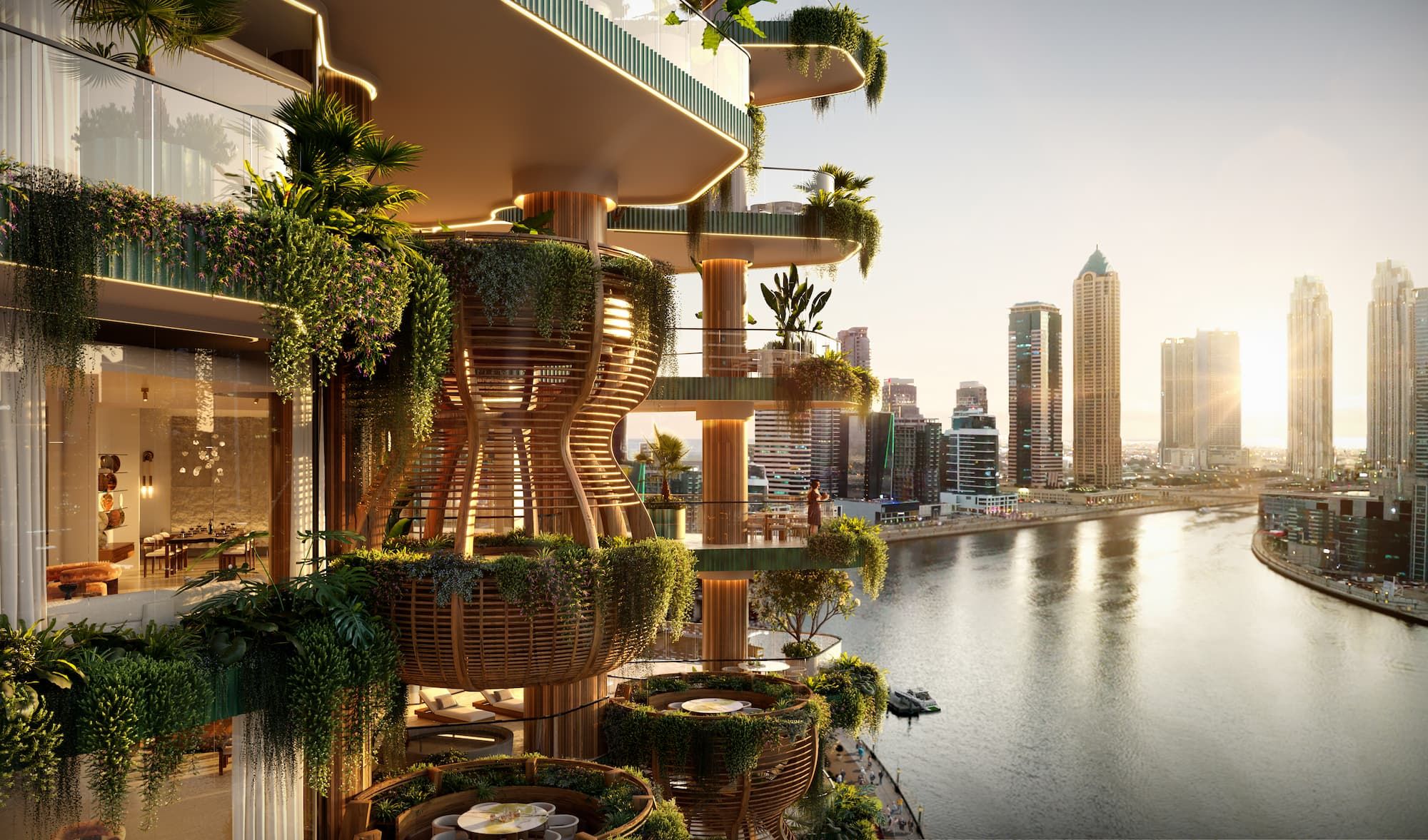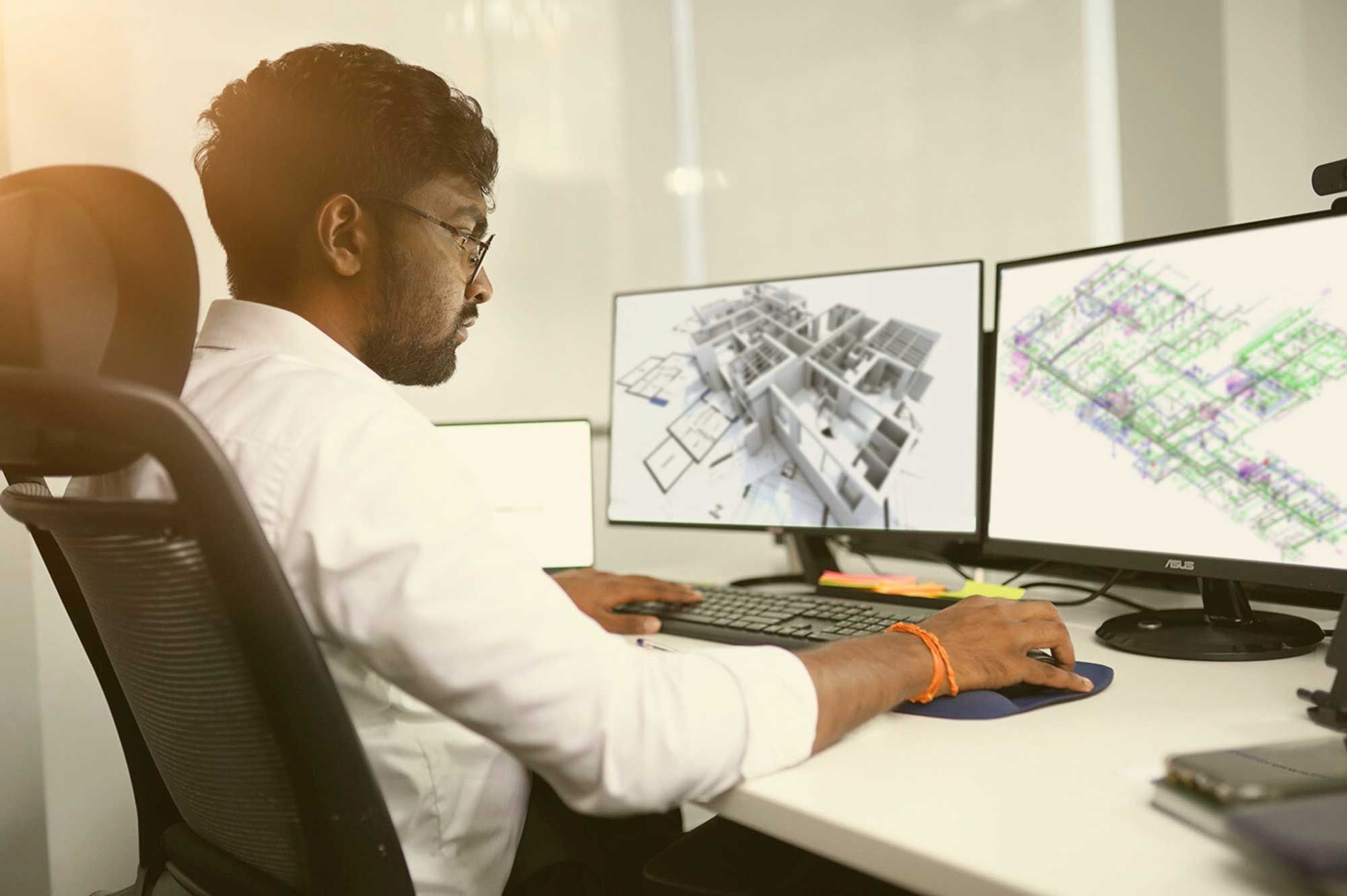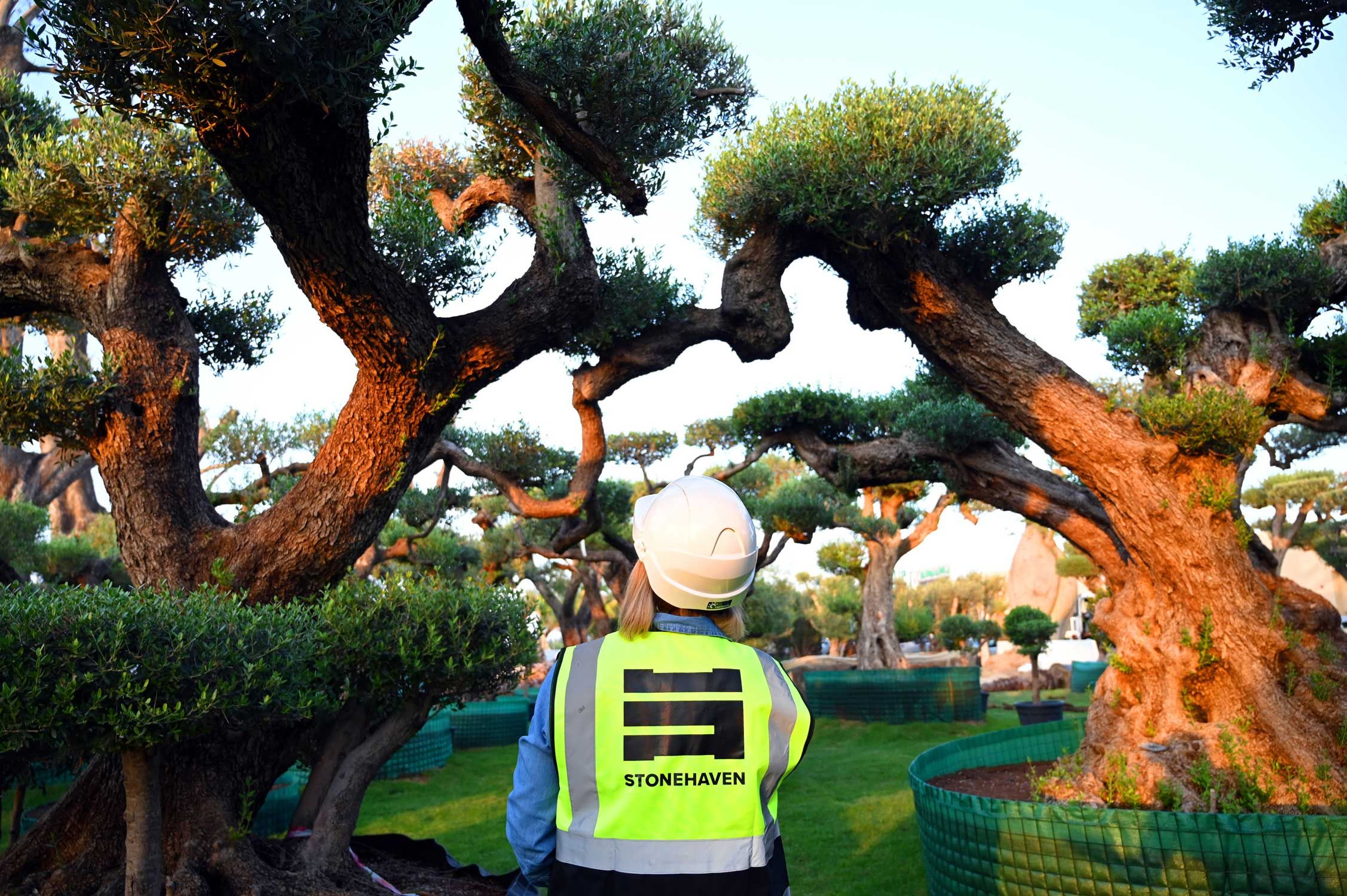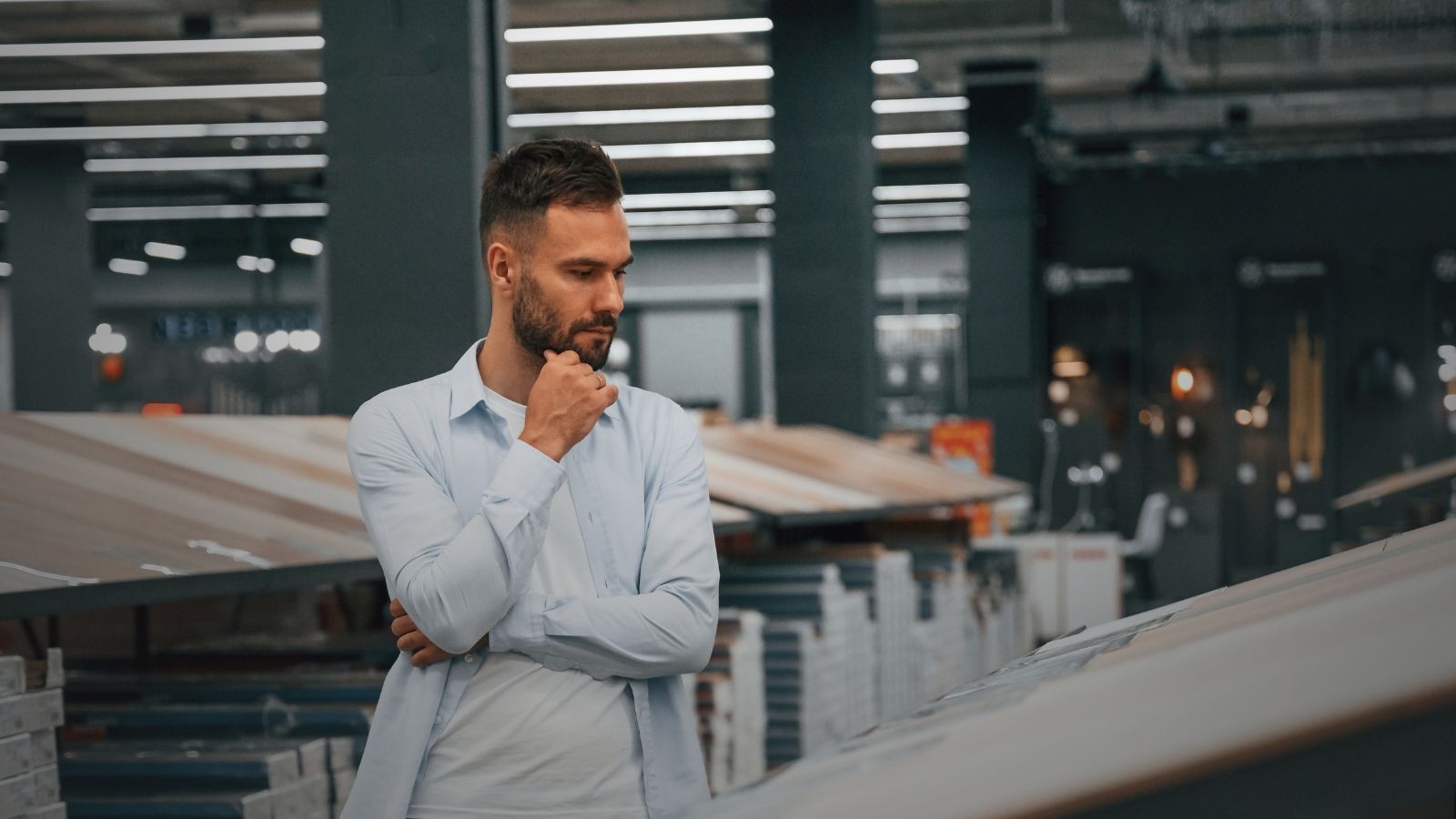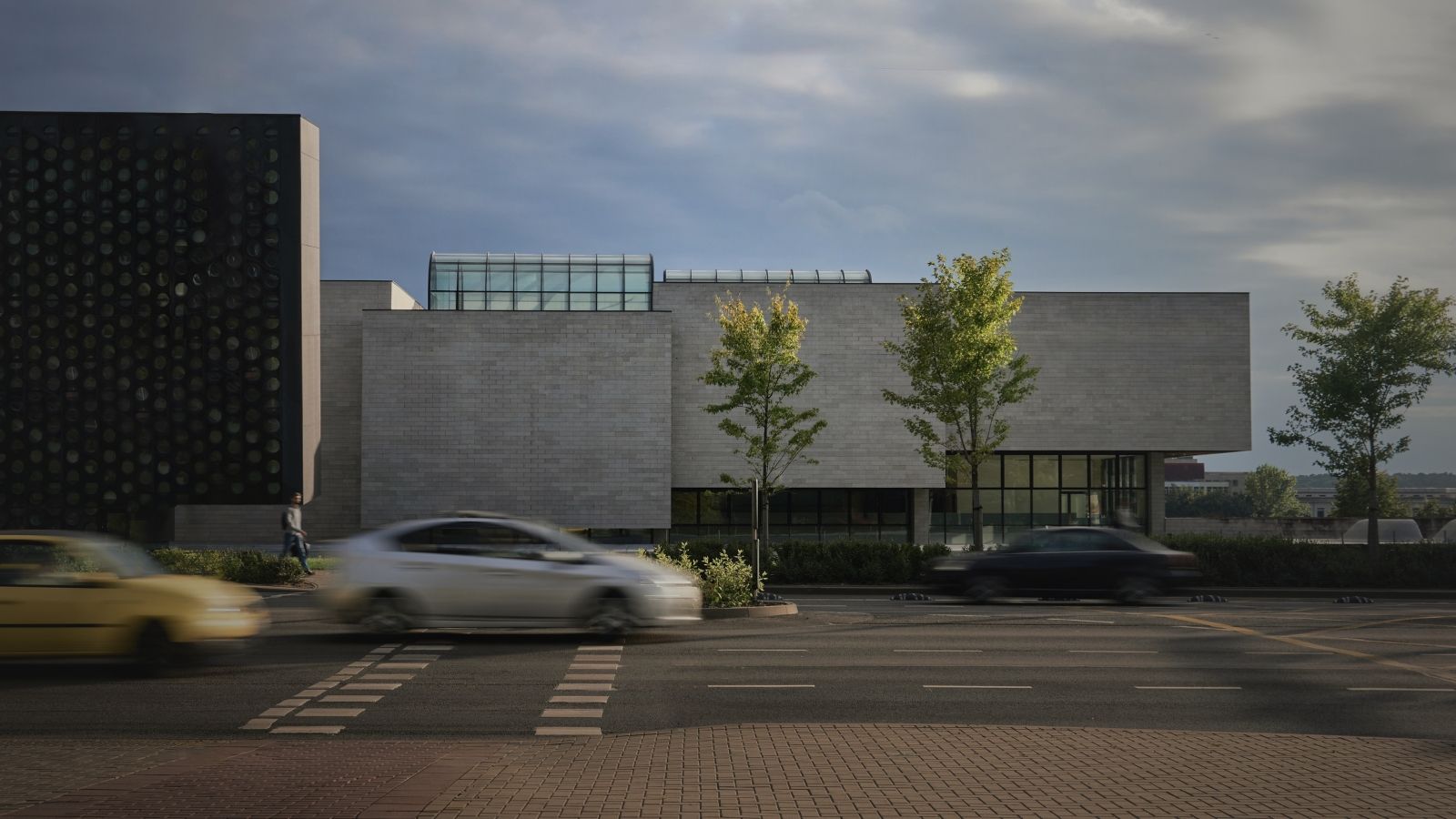As the world grapples with the dual challenges of rising energy demands and the urgent need to reduce carbon emissions, the construction sector has emerged as a critical focal point for sustainable transformation. Lighting, a fundamental component of every building, holds immense potential to drive energy efficiency and environmental sustainability. In regions like the Middle East, where extreme climates amplify energy consumption, innovative lighting solutions have become indispensable for achieving both ecological and economic goals.
Green building certifications such as LEED and Estidama underscore the importance of energy-efficient lighting systems in sustainable construction practices. From advanced LED technologies to smart lighting controls and daylighting strategies, these solutions not only reduce energy consumption but also enhance occupant well-being and support long-term operational savings.
This article explores the role of sustainable lighting in achieving regional sustainability objectives, highlighting challenges, opportunities, and success stories, including Huda Lighting’s groundbreaking contributions to projects across the Middle East.
Global Energy Consumption Context
As global energy demand continues to rise, the construction sector remains a significant contributor to greenhouse gas emissions. Sustainable lighting solutions are crucial in reducing energy consumption, especially in regions like the Middle East, where the cooling demands place high energy loads on buildings. Recent statistics emphasise this urgency:
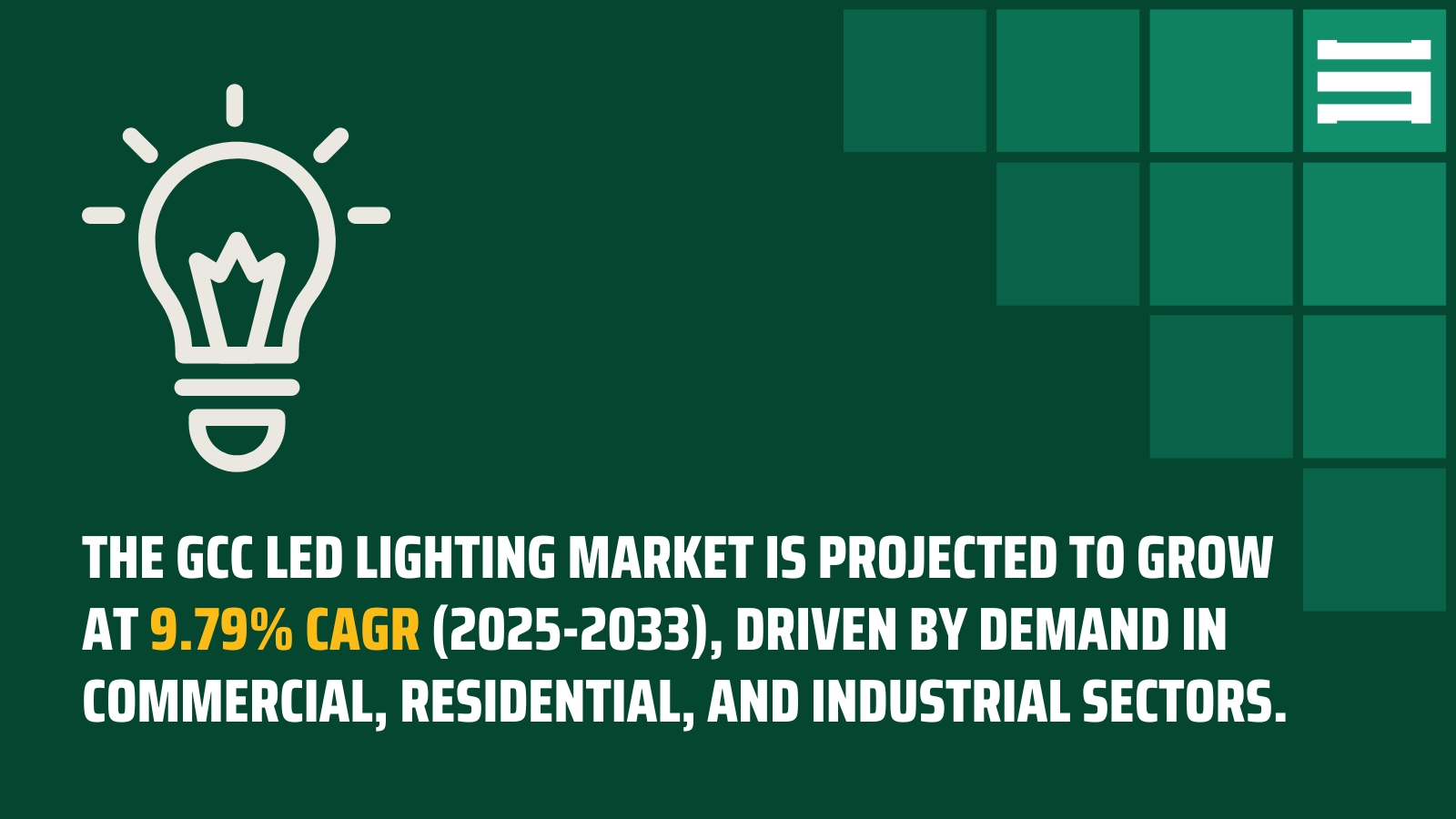
The GCC Region's Sustainability Initiatives
The Middle East is taking strong steps toward energy-efficient construction, with initiatives like the UAE Green Agenda 2030 guiding sustainable development. A key focus of the agenda is on promoting energy-efficient lighting, such as LED technology and smart systems, which help reduce energy usage and cooling demands in the region's hot climate.
The UAE Green Agenda also enforces green building standards, including Estidama, which requires sustainable lighting practices. This includes daylighting and low-energy systems in new projects, reducing the reliance on artificial lighting and contributing to lower energy consumption overall.
Additionally, the agenda supports renewable energy solutions like solar-powered LEDs, further decreasing dependence on traditional energy sources and emphasising a commitment to sustainable, eco-friendly construction practices across the region.
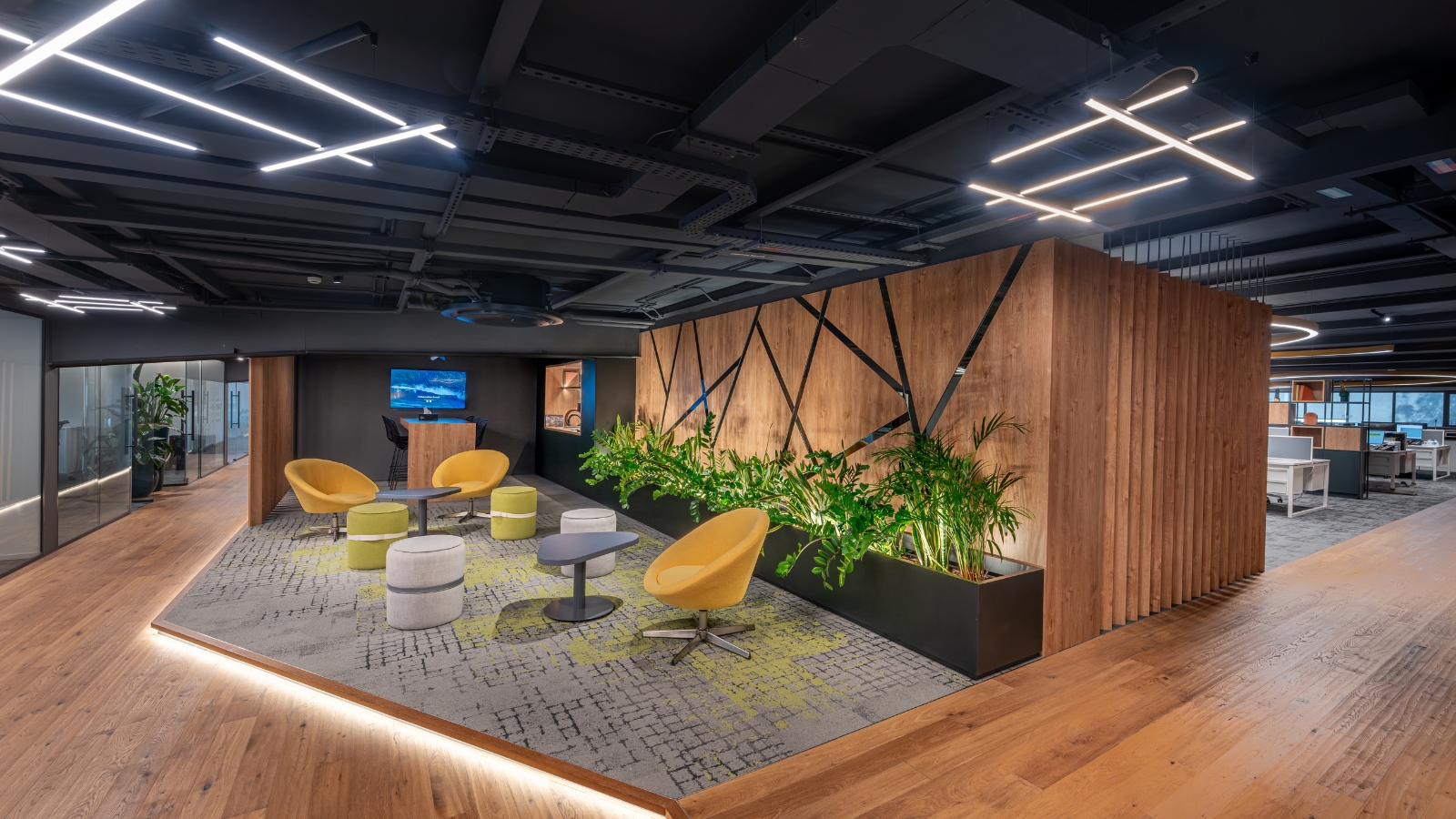
Leveraging Sustainable Lighting for Certifications
Contractors aiming to achieve green building certifications like LEED and Estidama can leverage sustainable lighting solutions to meet the rigorous energy efficiency standards these certifications demand. Integrating energy-efficient lighting is a big step towards securing green building certifications like LEED and Estidama. Notably, LEED-certified buildings achieve an impressive 25% reduction in energy consumption compared to traditional structures.
These certifications outline specific requirements, such as the use of low-energy lighting systems, optimised daylighting strategies, and intelligent lighting controls that adjust based on occupancy and natural light availability. Integrating these elements not only reduces energy consumption but also supports a healthier indoor environment, aligning with the goals of green building certifications.
Huda Lighting, as a leading lighting solutions provider, is committed to helping contractors and developers meet these standards. Their team of specialists brings expertise in implementing energy-efficient lighting solutions tailored to meet LEED and Estidama requirements. They offer guidance on selecting advanced LED technologies, incorporating smart lighting controls, and maximising daylighting potential—all the key factors in achieving certification.
Huda Lighting's approach not only supports certification goals but also promotes long-term sustainability and cost savings for building owners. By working closely with contractors and construction management firms, aligning their solutions with certification standards, Huda Lighting is driving the adoption of sustainable practices that contribute to the broader vision of eco-friendly construction in the region.
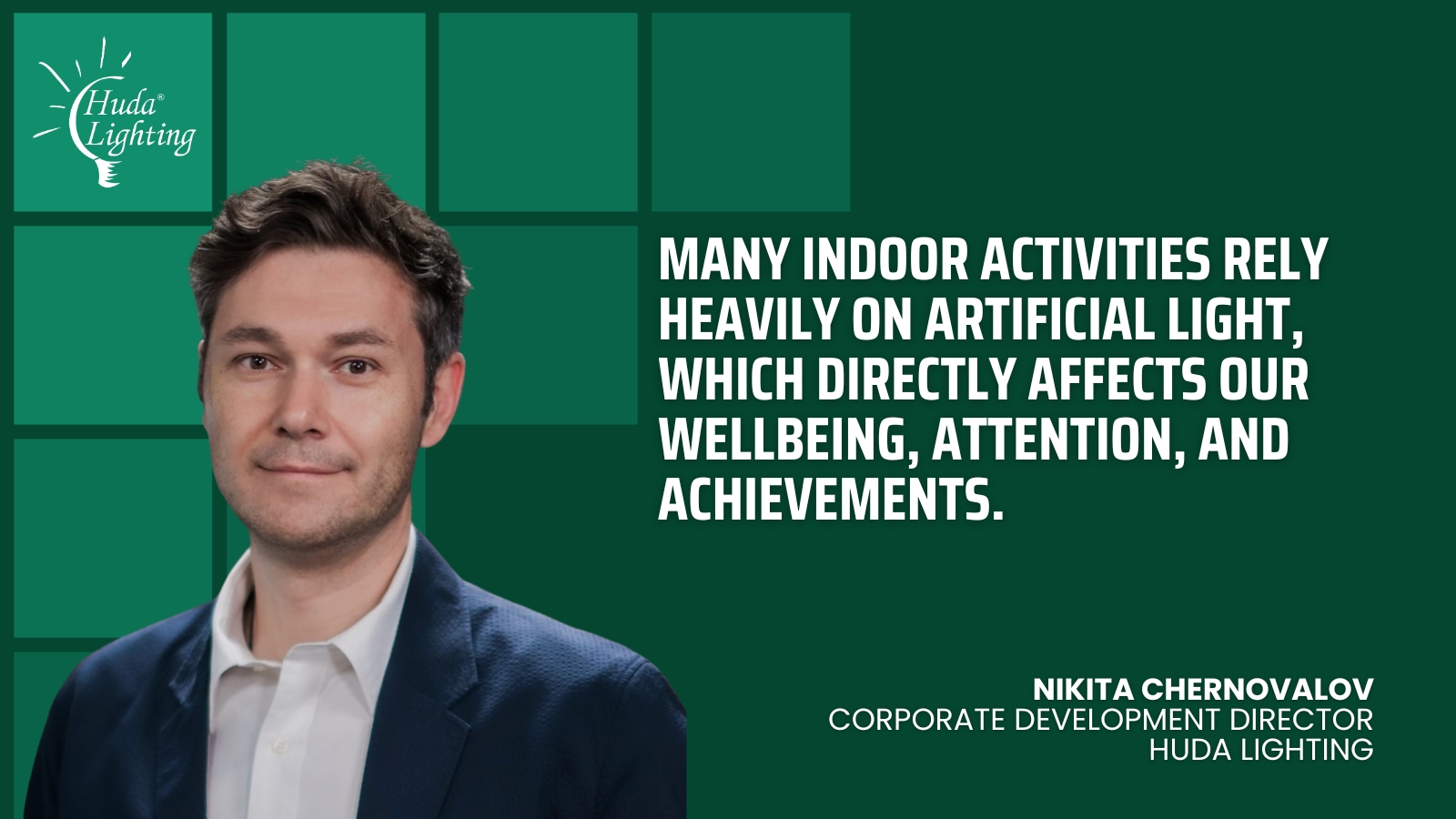
“Many indoor activities rely heavily on artificial light, which directly affects our wellbeing, attention, and achievements," explains Nikita Chernovalov, Corporate Development Director at Huda Lighting. "These aspects can either be enhanced or impaired. Standards help us make the right choices.”
Lighting Strategies for Energy Efficiency and Well-Being
To enhance energy efficiency and support well-being, buildings can maximise daylighting by using natural light to reduce dependency on artificial lighting, which helps lower energy consumption and cooling demands in warmer climates. By incorporating energy-efficient LED lighting alongside smart controls that adjust based on occupancy and daylight availability, buildings further optimise energy use and extend the lifespan of lighting systems. Additionally, integrating human-centric lighting that mimics natural daylight cycles supports occupants' circadian rhythms, promoting better sleep, mood, and productivity.
At their offices, Huda Lighting prioritises well-being by using this type of human-centric lighting to create a comfortable, health-focused environment that fosters productivity and supports their team's overall wellness.
Their Dubai offices are a testament to their eco-friendly approach where sustainability is at the core of the office design. Huda Lighting has implemented energy-efficient lighting systems that not only reduce their carbon footprint but also align with their commitment to environmentally conscious practices. By integrating advanced lighting technology and smart controls, they optimise energy usage, minimise waste, and extend the lifespan of their lighting solutions. These sustainable choices reflect their dedication to creating an eco-friendly workspace that supports both their team's productivity and well-being.
Additionally, they incorporate greenery and plants throughout the workspace, enhancing air quality, reducing stress, and creating a calming, natural atmosphere. Together, these strategies ensure a sustainable, energy-efficient, and people-centred workspace.
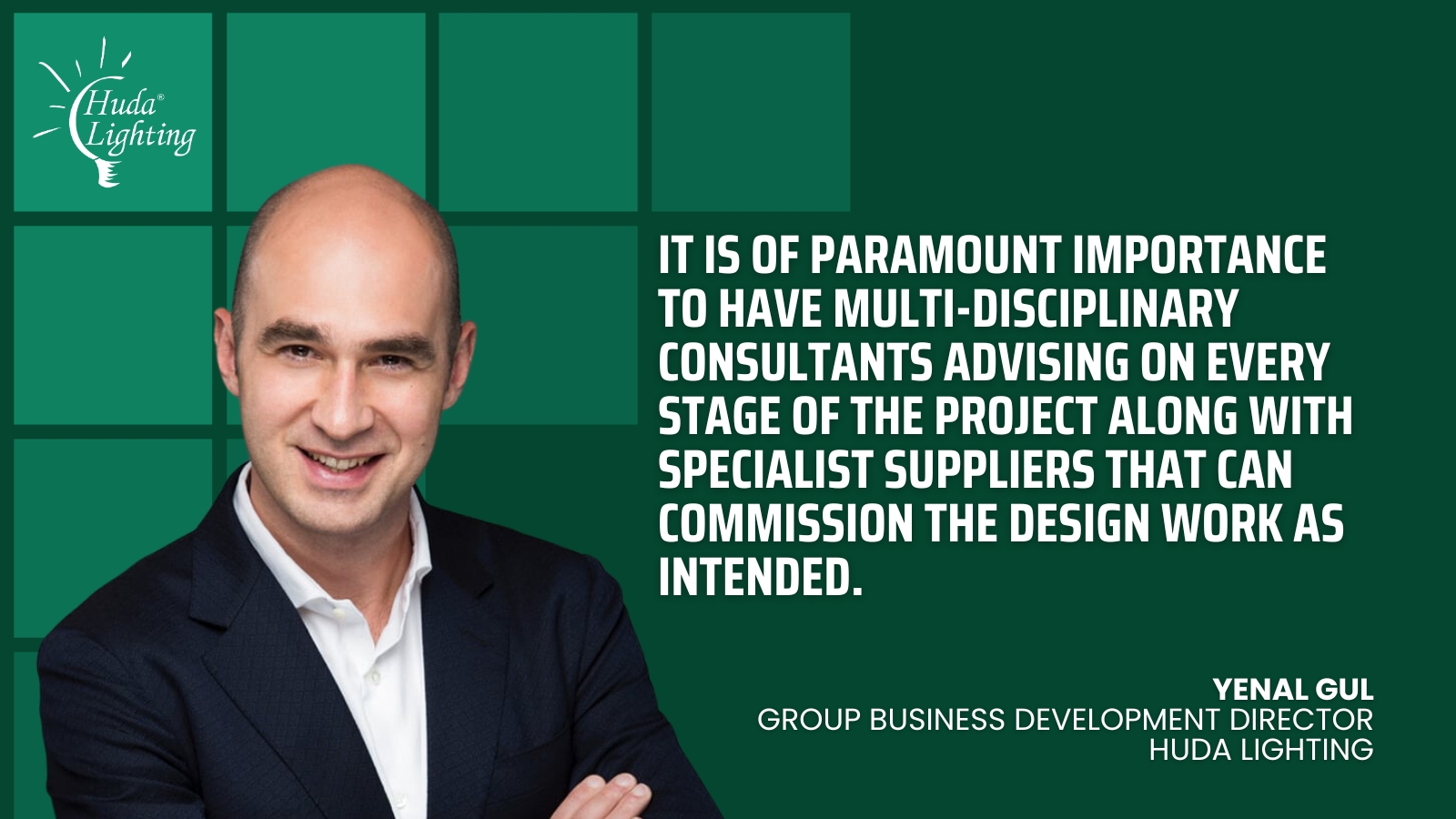
"Well-being is a holistic subject” explains Yenal Gul, Group Business Development Director at Huda Lighting. “It encompasses ergonomics, hygiene, comfortable lighting, clean air and energy efficiency. There is plenty of technology out there to achieve household and office well-being. Nevertheless, they only serve their purpose when employed and commissioned in compliance with client objectives. Thus, it is of paramount importance to have multi-disciplinary consultants advising on every stage of the project along with specialist suppliers that can commission the design work as intended.”
Case Studies: Al Masjid Al Nabawi
Awarded Sustainable Lighting Project of the Year at the CIBSE Annual Awards 2024, Huda Lighting had the privilege to work on Al Masjid Al Nabawi, a project of colossal cultural and religious value.
The authorities in charge of managing Al Masjid Al Nabawi in Madina challenged the market with the task of upgrading the legacy lighting installation of this holy site, with the main aim of reducing power consumption and maintenance frequency and cost, while enhancing the overall lighting quality. Unlike any other project, this one started with the site and not with the drawings. Following this assessment, Huda Lighting prepared the prequalification package where they carefully selected subcontractors and suppliers with strict sustainability practices and proceeded through the approval phase.
AL Masjid AL Nabawi‘s existing lighting system relied on outdated conventional light sources with short lifespans, high power consumption, and frequent maintenance needs. These old systems also caused discoloration towards the end of their lifecycle, making the general light scene neither homogenous nor comfortable. The main aim was to address these issues and meet the clients’ request of reducing at least half of their current consumption of 1.7 mW.
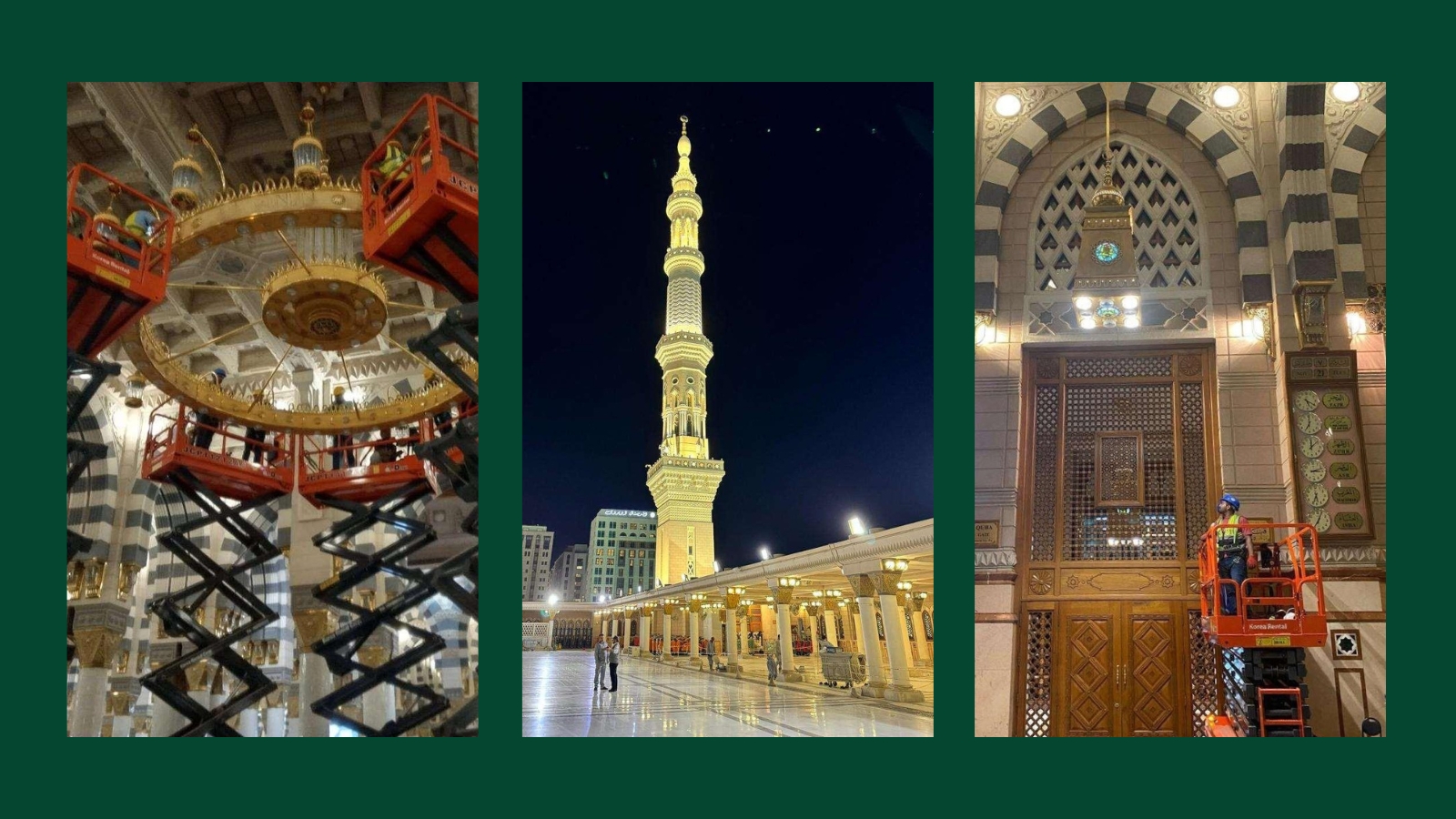
Managing the project involved navigating complex challenges, such as coordinating with multiple stakeholders and ensuring timely material approvals within the one-year project timeline. Their team worked tirelessly around the clock while ensuring that worshipers were not disturbed, and prayer times remained uninterrupted. Due to the site’s 24/7 visitor traffic, working hours were limited to a maximum of six hours per day. Additionally, operational risks arose while replacing old lights in restricted or hazardous areas, including the 100-meter minarets.
In the retrofitting work, they replaced conventional MH light sources and fluorescent lamps with more efficient LED light sources, increasing the life span from 6000 and 15000 hours respectively to over 50000 hours. The LED light sources provided a consistent color temperature and uniform illuminance, eliminating the inconsistencies and patchiness caused by the older installations.
The project delivered outstanding results, achieving an estimated 60% reduction in energy consumption. Additionally, maintenance requirements, which previously demanded near-daily attention for vast areas of the site, have been significantly minimised, greatly improving both the functionality and sustainability of the space.
Challenges in Implementing Sustainable Lighting in Construction Projects
High Initial Costs in Construction
-
Sustainable lighting doesn’t come at a lower price—at least not upfront. LED systems, solar-powered solutions, and smart controls often carry a price tag that makes traditional lighting look like a bargain.
-
These initial expenses, spanning procurement, installation, and workforce training, can create friction for decision-makers prioritising short-term budgets over long-term gains. Construction consultants can assist in making cost-effective decisions for the project budget.
-
Limited adoption further perpetuates higher costs, as the economies of scale needed to drive down prices are still a work in progress.
Retrofitting Challenges in Existing Structures
-
Retrofitting sustainable lighting into older buildings can feel like squeezing modern solutions into a past era. Outdated electrical systems, mismatched layouts, and structural limitations amplify costs and complexity.
-
It’s not just about compatibility; retrofitting can disrupt operational spaces, leading to logistical headaches that deter stakeholders from committing to the upgrade.
Inconsistent Standards and Regulations
-
The sustainability movement is global, but regulations? Not so much. Navigating the patchwork of local energy codes, green certifications, and environmental standards can slow down even the most determined projects.
-
This inconsistency creates uncertainty, making it harder for project teams to align goals and execution.
Opportunities for Sustainable Lighting in Construction Projects
Long-Term Savings and Reduced Operating Costs
-
Here’s where sustainable lighting wins big: the savings. While the upfront costs might sting, the payoff is undeniable. LED systems and solar-powered setups slash energy consumption, trimming down operational costs.
-
Adding advanced features like motion sensors and daylight harvesting not only saves money but also optimises energy use in real-time.
-
With the extended lifespan of modern lighting solutions, reduced maintenance needs become an added benefit.
Green Building Certifications and Incentives
-
Certifications like LEED, BREEAM, and Estidama are more than just acknowledgments—they’re value drivers. Projects meeting these standards benefit from increased market appeal and, often, financial incentives.
-
Sustainable lighting is a critical component, enabling projects to check certification boxes while improving their eco-credibility.
Enhanced Aesthetics and User Experience
-
Sustainable lighting isn’t just functional; it’s transformative. Dynamic systems offer adaptable illumination that enhances architectural aesthetics and occupant comfort.
-
Whether it’s creating ambiance or a mood for productivity, these solutions go beyond energy efficiency to enrich the human experience.
Why It Matters
Sustainable lighting isn’t just about energy efficiency—it’s about positioning construction at the forefront of climate-conscious innovation. While challenges like costs, retrofitting complexities, and inconsistent regulations exist, the opportunities are transformative. From long-term savings and smarter technologies to global certifications and climate impact, sustainable lighting is rewriting the rulebook for the construction industry. The future is here, and it’s brighter—literally and figuratively.
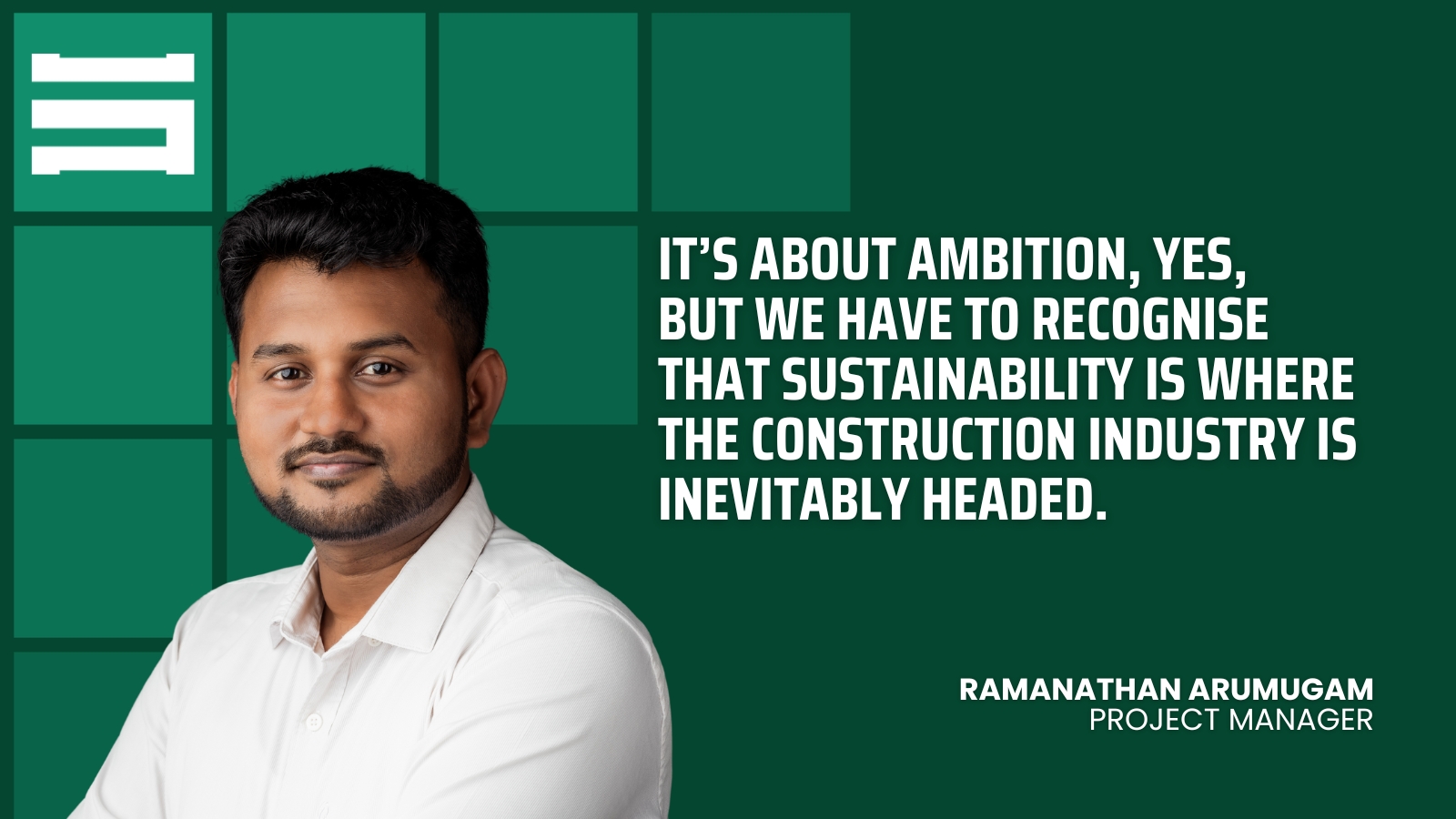
Conclusion: Lighting's Role in Regional Sustainability
Sustainable lighting is essential for achieving regional sustainability goals and certifications in the Middle East, where energy efficiency and reduced carbon emissions are key. Efficient lighting solutions like LEDs, daylighting, and smart controls lower energy consumption and cooling demands, addressing both environmental and economic needs.
Additionally, human-centric lighting supports occupant well-being by enhancing comfort and productivity. By adopting these practices, buildings can meet certifications like LEED and Estidama, helping drive a greener, more sustainable future for the region.
With a shared commitment by Huda Lighting and STONEHAVEN to promote sustainable lighting and design solutions, our efforts strengthen the movement toward becoming more environmentally responsible with energy-efficient buildings and projects across the Middle East.

